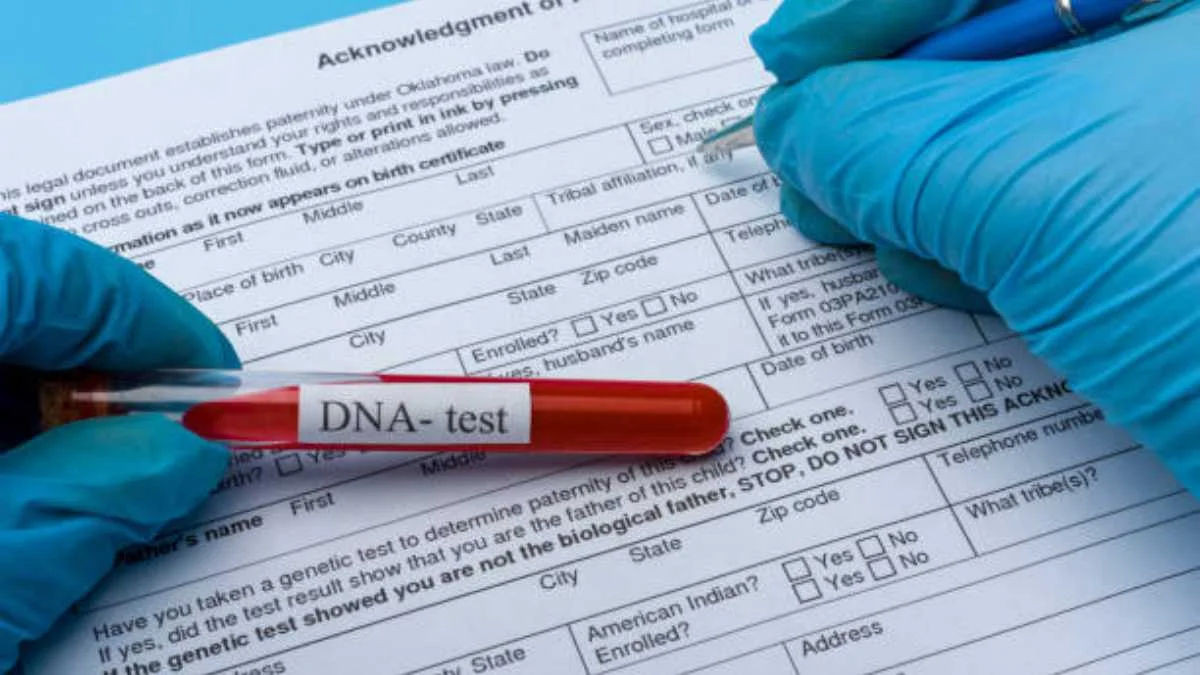HEALTH AND FITNESS
How Accurate Are DNA Paternity Tests?

When it comes to questions of biological parentage, DNA paternity tests offer a powerful tool rooted in science. These tests have become increasingly common for legal, medical, and personal reasons. However, as their popularity grows, so does curiosity about their reliability. How accurate are DNA paternity tests, and what factors might influence the results? With direct-to-consumer kits and laboratory options available, understanding the precision and trustworthiness of these tests is essential. We will explore the layers behind DNA paternity testing, breaking down the science, potential errors, and what accuracy really means in this context.
Table of Contents
What Affects the Accuracy of DNA Paternity Testing?
DNA paternity tests are among the most reliable forms of genetic testing, often claiming 99.9% accuracy when determining a biological match. While this figure appears definitive, it’s essential to examine more closely what contributes to this high degree of certainty. Several factors can influence the result, from laboratory standards to the type of sample collected. We will explore these contributing elements to help clarify the reliability of these tests.
1. The Science Behind DNA Matching
At the heart of a DNA paternity test is a comparison of genetic markers between the child and the alleged father. Humans share about 99.9% of their DNA, but it’s the remaining 0.1% that carries the unique identifiers used in paternity analysis. A standard DNA test looks at 15 to 20 markers, known as short tandem repeats (STRs), to compare the child’s DNA with that of the alleged father. These markers are highly variable among unrelated individuals, which makes them ideal for paternity testing.
When the child and alleged father share a sufficient number of these markers, the probability of paternity is typically calculated at 99.9% or higher. The likelihood of an unrelated person matching all these markers is extremely low, which supports the credibility of the test. However, this level of accuracy assumes that the test is conducted properly and all biological samples are handled without contamination or mislabeling.
2. Accredited Laboratories and Testing Standards
One of the most critical elements influencing the accuracy of a DNA paternity test is where it is conducted. Accredited laboratories adhere to strict protocols to ensure sample integrity, testing accuracy, and consistent results. Organizations like ISO and AABB provide accreditation to labs that meet rigorous standards in forensic and relationship testing. These facilities utilize advanced equipment, adhere to chain-of-custody procedures (especially during legal tests), and verify results through redundant testing procedures. These factors reduce the chances of false positives or negatives.
In contrast, unregulated or unaccredited labs may not apply the same level of scrutiny, which could introduce errors. Therefore, while the science is robust, the trustworthiness of the results is partially dependent on the facility conducting the analysis. Individuals seeking the most accurate results should prioritize laboratories that are publicly listed as accredited and that transparently share their testing methodologies and credentials.
3. Quality and Type of DNA Samples Collected
The accuracy of the result also depends heavily on the quality of the DNA samples collected. Buccal (cheek) swabs are the most commonly used because they are easy to obtain and contain enough DNA material for reliable testing. However, if a swab is contaminated, exposed to moisture, or improperly stored, it can compromise the accuracy of the results. Similarly, DNA samples collected from items like toothbrushes, hair follicles, or used tissues—often used in cases where one party is unavailable—may not always contain sufficient DNA. Degraded or insufficient samples can result in inconclusive findings or require re-testing. Moreover, using a sample from the wrong individual—either by accident or intent—can lead to misleading outcomes. That’s why proper sample labeling and handling are essential.
4. Situations That May Require Additional Testing
While standard tests are highly accurate, there are scenarios where additional testing may be necessary to ensure validity and reliability. For instance, in cases involving close relatives, such as two brothers who could both be potential fathers, the genetic similarities between them may complicate the analysis. This is because siblings often share many of the same genetic markers, which could result in a false positive if not properly accounted for. In such cases, labs may recommend including the mother’s DNA to strengthen the reliability of the results. Similarly, if mutations occur in the genetic markers being analyzed—though rare—they can impact interpretation. In borderline cases or tests that come back inconclusive, extended marker testing or advanced genetic sequencing may be used to clarify the outcome.
5. Legal vs. At-Home Testing
Accuracy can also differ depending on whether the test is for personal knowledge or legal purposes. Legal paternity tests adhere to strict chain-of-custody protocols, ensuring that every step—from sample collection to analysis—is thoroughly documented and verified. This ensures the results are admissible in court and leaves little room for tampering or identity confusion. At-home kits, while convenient and still highly reliable when properly administered, do not follow these formal procedures. The test itself may be just as scientifically valid, but without oversight during sample collection, there’s a higher risk of user error.
DNA paternity testing is a highly accurate scientific method that offers clear answers to complex questions of biological parentage. When conducted by accredited laboratories using uncontaminated samples and robust analytical procedures, the accuracy can reach as high as 99.9% or greater. However, accuracy isn’t just a product of science—it also depends on the quality of sample collection, the context of the individuals being tested, and whether the results need to meet legal standards. We explored how the science of STR markers, lab standards, sample integrity, and specific testing scenarios can all influence the reliability of the outcome. While the technology has advanced to a level that offers high confidence in results, being informed about the process is crucial for maximizing the benefits of DNA paternity testing. Whether for personal clarity or legal determination, understanding the elements that affect accuracy ensures that the answers provided by DNA testing are both dependable and meaningful.
-

 GENERAL7 months ago
GENERAL7 months agoChristofle – For Those Who Dream of Family Heirloom Silver
-

 SPORTS9 months ago
SPORTS9 months agoDiscover the World of Football with Streameast: Watch Your Favorite Leagues and Tournaments
-

 GENERAL1 week ago
GENERAL1 week agoUncovering the World of кинокрадко: The Dark Side of Film Piracy
-

 GENERAL3 months ago
GENERAL3 months agoATFBooru: Anime, Gaming, and Subculture Imageboard


























